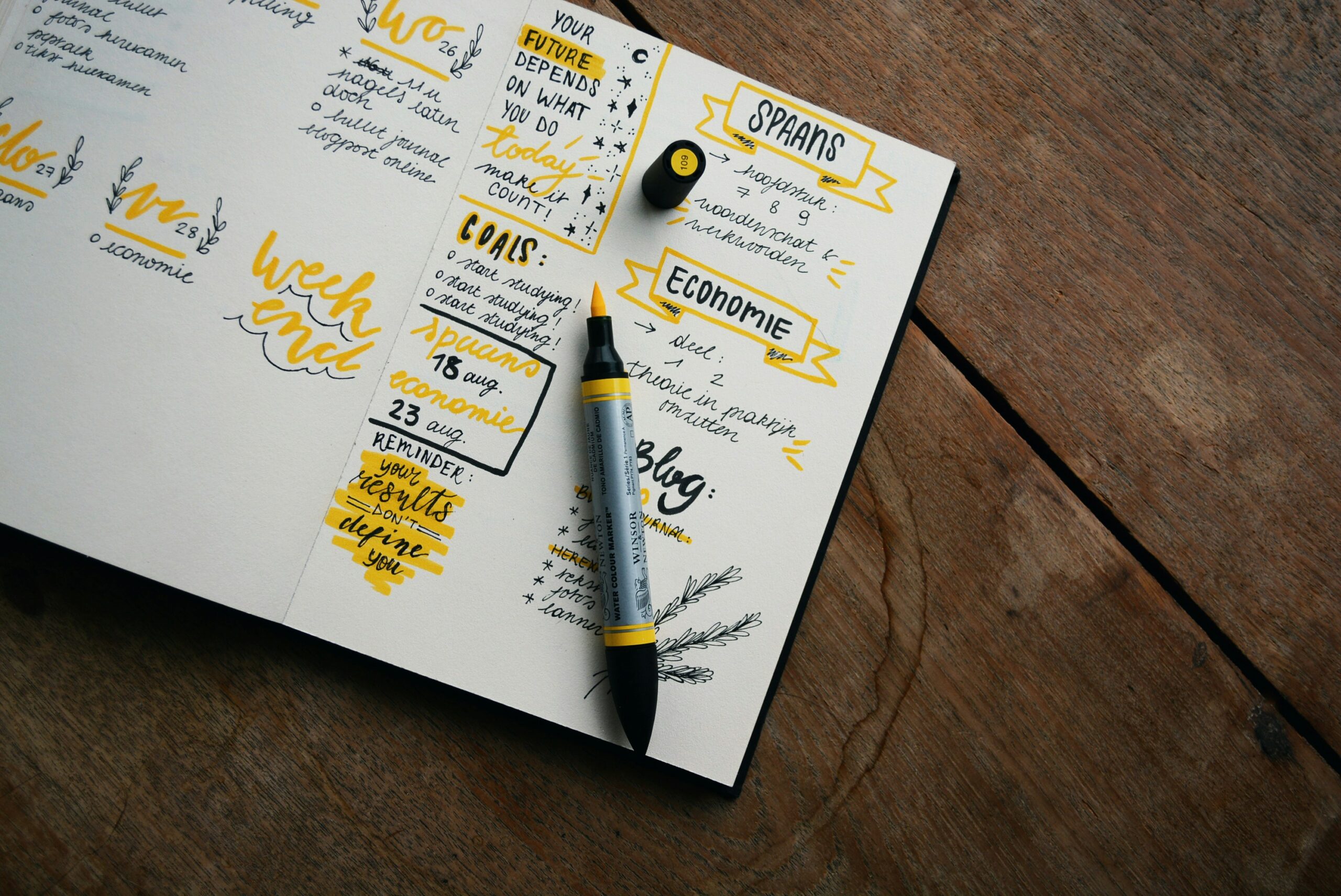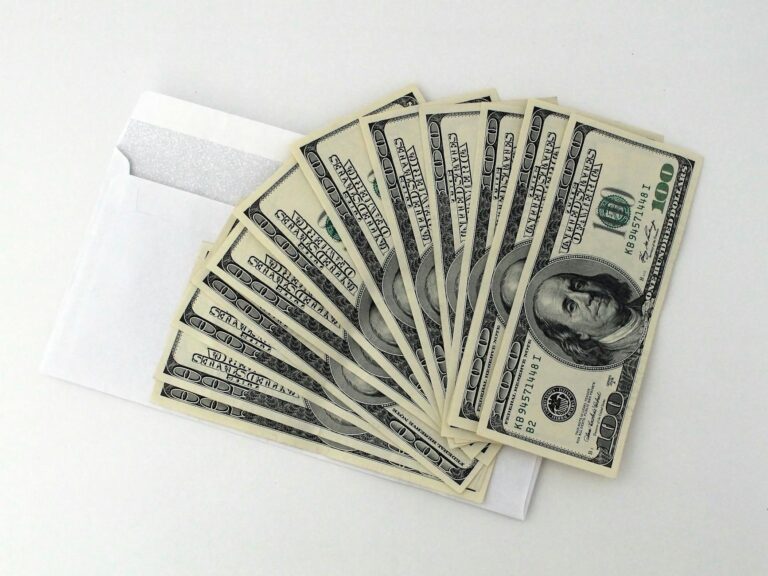Thrifty Triumph: Budget Planning Basics for Beginners
Understanding Budgeting Basics
Saving some dough with a budget isn’t just pseudo-adulting—it’s like setting the GPS for your wallet! Getting the hang of how this works could put anyone on the fast lane towards handling their money like a pro.
Why Bother with a Budget?
If you’re feeling lost whenever you open your wallet, budgeting is your map. It’s all about keeping tabs on the green stuff coming in and going out each month. When folks draw up a budget, they can spot the cash leaks and stop ’em cold (USA.gov). Think of a budget as a guide telling you where ya can splurge and where to tighten the belt, making those financial call shots a piece of cake.
Budgeting shines a light on where you stand financially, especially when figuring out your net income—what’s left after Uncle Sam takes his slice and you snag those employee perks (Bank of America). Knowing this stuff helps keep your spending in check and your financial dreams alive.
What You Get from Setting Up a Budget
Getting cozy with budgeting means sorting out bills, picking out the must-pay stuff, and giving the boot to reckless spending. Here’s what’s to gain:
- Cranked-Up Financial Savvy: Knowing the ins and outs of your income, costs, and the big money picture.
- Easy-Peasy Goal Setting: With a budget in the mix, setting savings goals and draft plans to zap that debt out of existence just comes naturally.
- Say Goodbye to Unneeded Debt: Knowing your spending limit stops unnecessary debt from creeping in.
- Smarter Spending: A budget helps separate the need-to-haves from the nice-to-haves, paving the way for smart money management.
| Benefit | Description |
|---|---|
| Cranked-Up Financial Savvy | Grasp your income and spending habits. |
| Easy-Peasy Goal Setting | Spot and achieve clear financial goals. |
| Say Goodbye to Unneeded Debt | Keep overspending in check by tracking funds. |
| Smarter Spending | Find out which expenses are must-haves. |
If rounds with the budgeting ropes seem daunting, we’ve sorted other cool resources just for you. Scope out our treasure trove of tips like on budgeting for beginners and budgeting tips for beginners. Dive into some nifty tools highlighted in our budgeting tools for beginners as well as the beginner’s guide to budgeting, all perfect for turning saving smarts up to eleven.
Calculating Your Financial Position
Figuring out your financial situation is where everyone should start when they’re diving into budget planning. It’s all about knowing what cash is coming in each month and flagging what’s a must-pay and what’s a “nice-to-have.”
Determining Monthly Net Income
Let’s talk dough: monthly net income. This involves tallying up all your money sources, which include your regular job, any freelance gigs you have hustling on the side. This gives you a solid idea of what you’ve got to play with every month. The focus here is on your take-home pay, meaning what you see after Uncle Sam takes his cut and any job perks have been accounted for (Bank of America).
If you’re out there freelancing, keep a close eye on contracts and payments since your cash flow might be a bit up and down. Nail down that net income first—that’s step one for knowing how much you’ve got for bills and putting some away for a rainy day (CNBC).
| Income Source | Amount ($) |
|---|---|
| Salary | 3,000 |
| Freelance Work | 500 |
| Side Gigs | 300 |
| Total Monthly Income | 3,800 |
Identifying Essential vs. Nonessential Expenses
Next, it’s time to suss out the necessary from the not-so-necessary spends. Essential expenses: things you can’t live without. Nonessential ones: more of the extra fun stuff. A common rule of thumb? Keep half of your income sorted for needs, cap wants at 30%, and save the rest. But hey, everyone’s situation is unique, so tweak as needed (US News).
| Expense Type | Percentage of Budget | Example Expenses |
|---|---|---|
| Essential Expenses | 50% | Rent, Utilities, Groceries |
| Nonessential Expenses | 30% | Dining Out, Entertainment |
| Savings | 20% | Emergency Fund, Retirement Accounts |
Nailing down your income and knowing which expenses are must-haves can set you up for smarter money moves. Once you’ve got this down, you’re on the path to making savvy financial choices. Want more help? Check our budgeting tips for beginners and budgeting tools for beginners.
Effective Budgeting Strategies
Managing your dough doesn’t have to be rocket science. Get a grip with these straightforward budgeting methods: the envelope system, zero-based budgeting, and handy budgeting tools. Trust me, they might just save your wallet from gasping for air.
The Envelope System
Remember piggy banks? Well, the envelope system’s like that for grown-ups. You divide your cash into different envelopes for stuff like groceries, fun times, and getting around town. When the envelope’s empty, that’s it—no more spending in that category until the next round. It’s a visual way to see where your money is going.
| Expense Category | Monthly Budget |
|---|---|
| Groceries | $300 |
| Entertainment | $100 |
| Transportation | $150 |
This system can kind of be your money cop, keeping those spending habits from getting out of hand.
Zero-Based Budgeting Approach
Think of zero-based budgeting like putting every buck to work. Instead of leaving spare change unaccounted for, decide where each dollar will go—bills, fun, or stash. By the end of the month, everything should add up to a big, fat zero. Every dollar’s got a job; none left lying around.
Example of Zero-Based Budgeting Allocation
| Income | Amount |
|---|---|
| Monthly Income | $2,500 |
| Expense Type | Amount |
|---|---|
| Rent | $800 |
| Utilities | $200 |
| Groceries | $300 |
| Savings | $400 |
| Entertainment | $200 |
| Transportation | $200 |
| Miscellaneous | $300 |
| Total | $2,500 |
This method’s great if you want to run a tight ship and know exactly where your cash is headed.
Different Budgeting Tools
For those who’d rather let a tool do the heavy lifting, there’s tech to the rescue. Various apps and software can help keep your finances tidy and in check.
-
Quickbooks: If you’re running a small biz, Quickbooks has got you covered. It simplifies accounting, shows the big picture, and even helps predict cash flow. Subscriptions kick-off at $7.50 a month(Spendesk).
-
Freshbooks: Perfect for those flying solo or small business owners, Freshbooks offers an easy-to-use dashboard and basic expense tracking. You can add more users for $10 a month (Spendesk).
When you need a little helpin’ hand, these tools make the process a breeze and stop your budget from turning into a chaotic mess. Check out our beginner’s guide to budgeting and budgeting tips for beginners for more handy advice to kickstart your financial plans.
Steps to Create Your First Budget
Getting started with a budget might feel like trying to find a needle in a stack of hay, but it doesn’t have to be a hair-pulling experience. With a few simple actions, anyone can whip up a financial plan that doesn’t require a PhD in economics. Let’s talk about how to figure out what you actually bring home after taxes, how to keep tabs on your spending, and what kind of money goals you might shoot for.
What’s Your Take-Home Dough?
Before you scribble down numbers, you have to know what you’re working with. Pencil in your take-home pay or the cash you actually see after Uncle Sam grabs his share and other stuff is taken out. Add up that paycheck, freelancing gigs, side jobs, or any other hustle you got going knowing what’s coming in helps make sense of planning (Bank of America).
Here’s a quick and easy table to wrap your head around the bits that make up your net income:
| Income Source | Monthly Amount ($) |
|---|---|
| Salary | X |
| Freelance Work | Y |
| Side Gigs | Z |
| Total Net Income | A |
Watch Where the Money Flies
Next, it’s time to spy on where your dollars run off to. Break down what you spend into must-haves and nice-to-haves. Must-haves are those pesky bills like insurance and monthly phone plans, while nice-to-haves cover stuff such as that fancy movie streaming subscription or splurging on dinner out (NerdWallet).
Keeping a keen eye on your spending shows you what’s a necessity and what’s just burning a hole in your wallet.
Use a handy chart like this to categorize your expenses:
| Expense Category | Monthly Amount ($) | Type |
|---|---|---|
| Rent/Mortgage | B | Essential |
| Utilities | C | Essential |
| Groceries | D | Essential |
| Netflix Subscription | E | Nonessential |
| Dining Out | F | Nonessential |
| Total Expenses | G |
Chase Those Money Goals
Finally, it’s about putting the light at the end of the tunnel. Jot down what you want to achieve with your money. One smart cookie idea is setting aside 15% of your gross pay for that far-off day when you say goodbye to work, making the most out of any bonus your boss might offer to match. By setting clear targets like this, you’re more likely to stick with your budget.
Keep your goals neat and tidy:
| Goal Description | Target Amount ($) | Target Date |
|---|---|---|
| Emergency Fund | H | MM/DD/YYYY |
| Debt Repayment | I | MM/DD/YYYY |
| Retirement Savings | J | MM/DD/YYYY |
By knowing how much cash you take home, tracking where your money rolls out, and pinpointing what you want your money to do, you’ll have a budget that might just make adulting a tad less scary. If you need more info, check out our articles on budgeting tips for beginners, beginner’s guide to budgeting, and budgeting tools for beginners.
Getting Your Money to Behave
Making a budget isn’t just something boring accountants do—it’s how you make sure your cash is working for you instead of pulling a disappearing act. It’s like giving your money a pep talk, so you can save for that vacation while keeping the lights on.
Drafting Your Money Blueprint
First off, you gotta know what you’re really bringing home. This is called your net income, the dollars you pocket after taxes and other pesky deductions have taken their cut. If you’re self-employed, remember Uncle Sam still wants his share, so don’t forget to factor that in (Bank of America, CNBC).
Next, jot down those monthly expenses. Break them into two flavors: steady and squirrely.
| Expense Type | Examples | Description |
|---|---|---|
| Steady Bills | Rent, utilities, insurance, debt repayment | Those pesky payments that never change and have to get paid regularly |
| Squirrely Spending | Dining out, gym membership, entertainment | More changeable costs that can usually be squeezed or stretched |
Knowing the difference helps you see where you can cut the fat (CNBC).
Match up what you earn with what you spend. If you’re spending more than you make, it’s time to see what can be slimmed down. On the other hand, if you’ve got extra cash, think about saving or treating yourself to something nice (CNBC).
Putting the Brakes on Spending
Setting limits is key to keeping your wallet happy. Here’s how to keep spending in check:
- Lock Down Steady Bills: First things first—make sure your regular bills are covered. They’re not going anywhere.
- Save Some Dough: After the must-pays, stash some cash away for rainy days.
- Tame That Squirrely Spending: Set a fair amount for the flexible stuff, so you can have fun without going broke.
Here’s a budget sample to give you an idea:
| Category | Monthly Limit |
|---|---|
| Rent | $1,200 |
| Utilities | $300 |
| Groceries | $400 |
| Savings | $200 |
| Entertainment | $150 |
| Total Expenses | $2,500 |
Stick to these guidelines to boss your bank account around better. For extra help, check our tips for budgeting for beginners and budgeting tips for beginners.
With a solid budget plan, you’ll be steering your finances in the right direction, keeping your needs and dreams in sight.
Budgeting Methods
When it comes to handling money like a pro, several hot-shot methods can get you from paycheck to paycheck with a little left over. Whether you’re a 50/30/20 fan, an Envelope enthusiast, or a Pay-Yourself-First devotee, there’s a little something for everyone to manage those hard-earned dollars.
50/30/20 Budget
The 50/30/20 budget is like the Swiss Army knife of money management. It’s straightforward: half your dough goes to what keeps the lights on and food on the table, 30% is yours for some good times, and the last 20% is for future you—savings and making debt disappear. Stick to this plan, and you’ll be in a sweet spot with fewer money worries, a little for fun now and then, and a nice nest egg working its magic for your golden years. This classic approach has been given a thumbs-up from folks over at Nerdwallet.
| Where It Goes | How Much | What’s It For |
|---|---|---|
| Needs | 50% | Things you really, really need like rent, power bills, and grub |
| Wants | 30% | Fun stuff like movies, eating out, and impulse buys |
| Savings/Debt | 20% | Cash stash and debt cleanup |
Experts agree; keep the essentials steady at 50%, let loose within 30%, and build up your savings at 20%. That’s the golden ratio according to the finance whizzes at US News.
Envelope Budget System
The Envelope Budget System brings budgeting into the tactile world. No swiping here; it’s cash only. You divvy up your greenbacks into envelopes labeled for each budget category. When the envelope’s empty, the spending stops—period.
It’s a brick wall for overbuyers and a visual stop sign for those swiping privileges that can clean out your bank account in a blink. Perfect for anyone who feels the burn of a credit card spree. With cash in hand, you get to see—and feel—your funds dwindle, which keeps your buying in check.
Pay-Yourself-First Budget
The Pay-Yourself-First Budget flips the script, putting savings on the pedestal. The motto? Sock away cash before even thinking about spending it. First slice of the paycheck pie goes right to your savings or investments.
Expenses? They’re what’s left after your future’s sorted. This strategy is the ultimate in savings discipline: get that rainy day fund, retirement stash, or dream buy sorted out first. Curious minds can glean more from our beginner’s guide to budgeting.
These budgeting strategies cater to various personal styles and life circumstances. By picking the one that suits your ambitions, you place yourself on the road to smarter money management and maybe even some financial glory. For more sage advice, swing by our sections on budgeting tips for beginners and dig into nifty budgeting tools for beginners.







